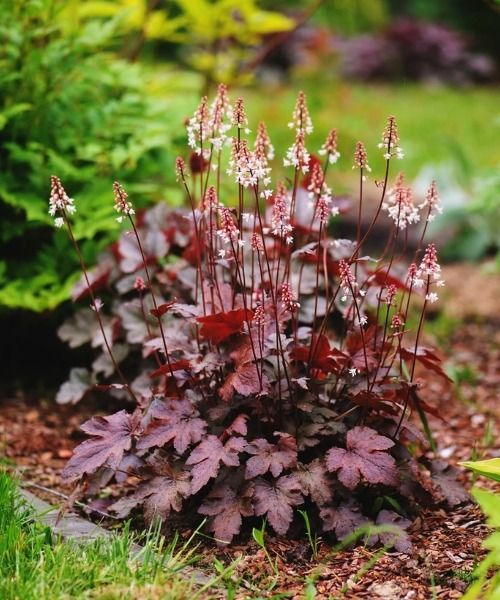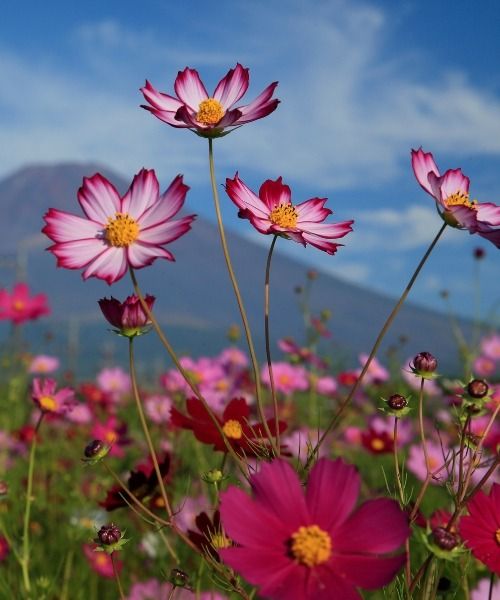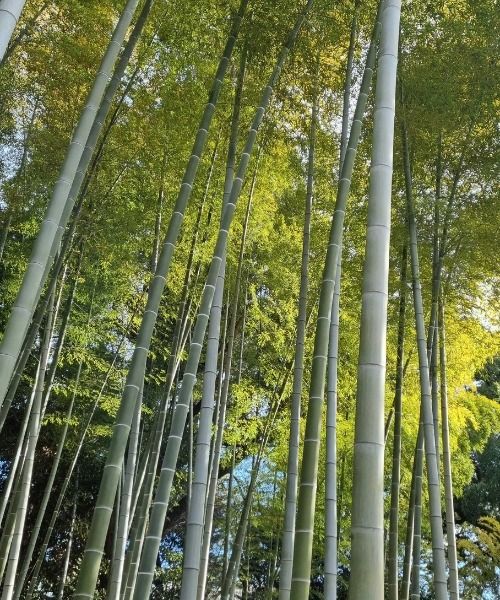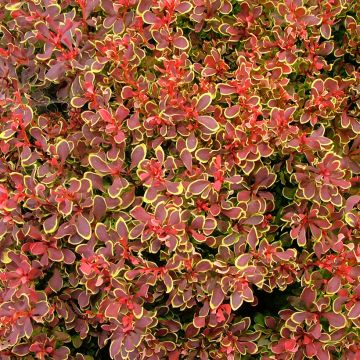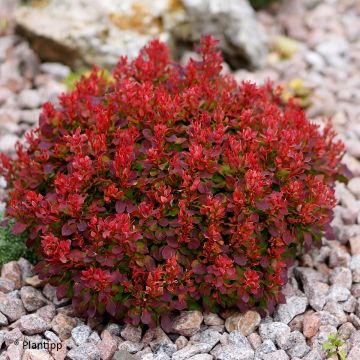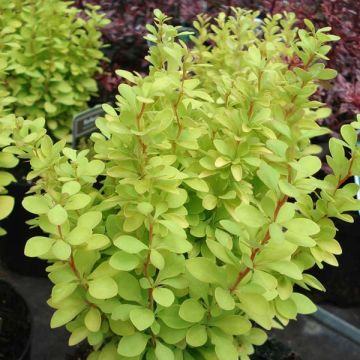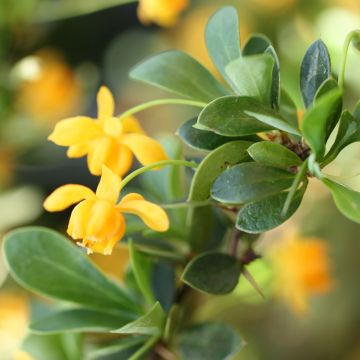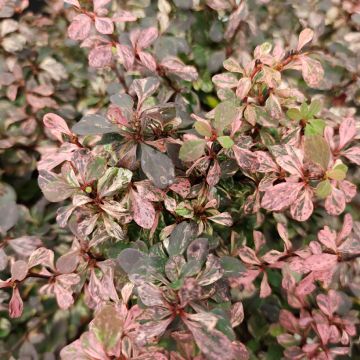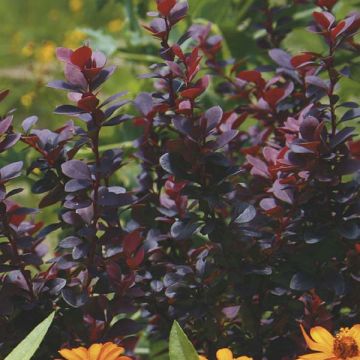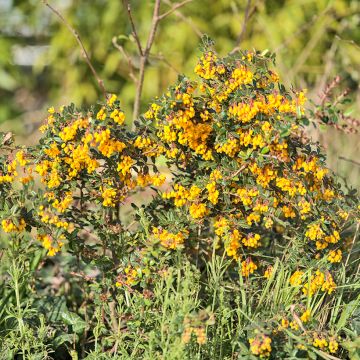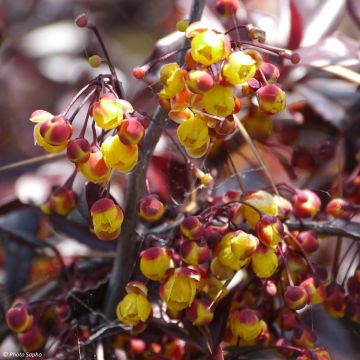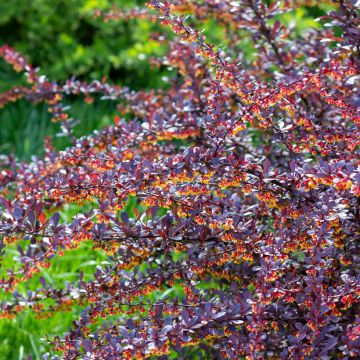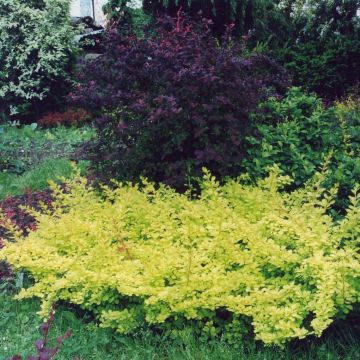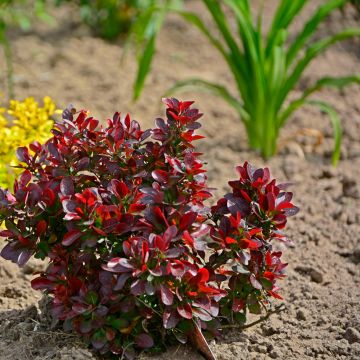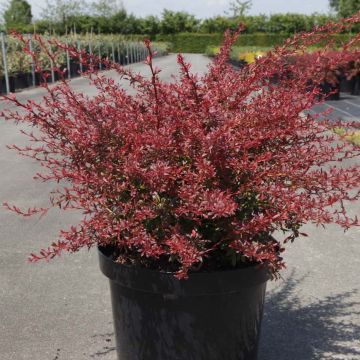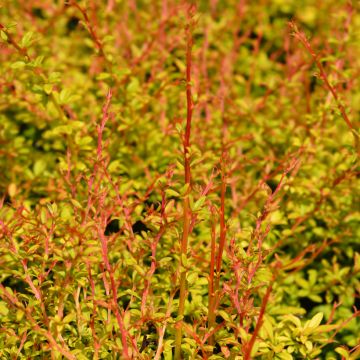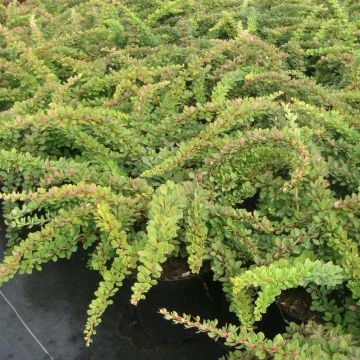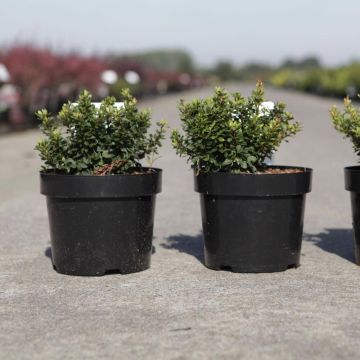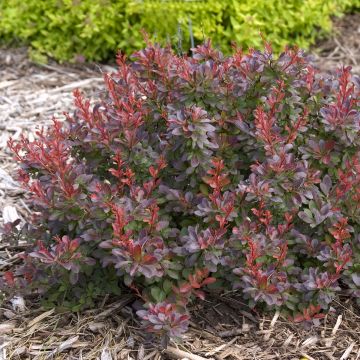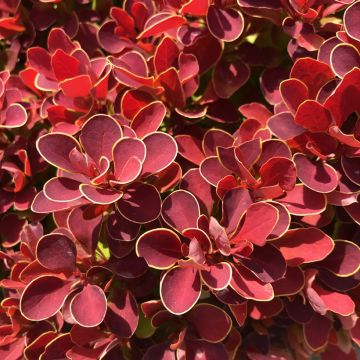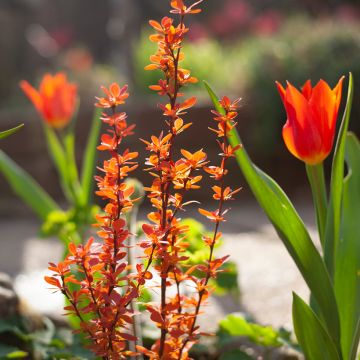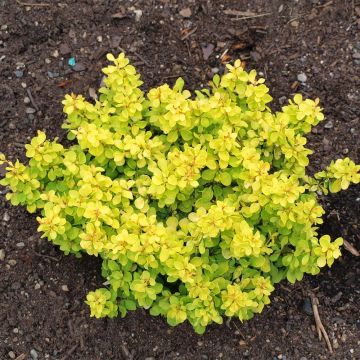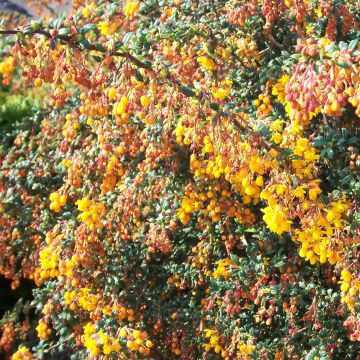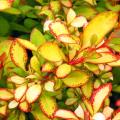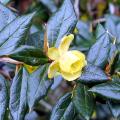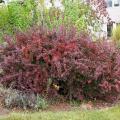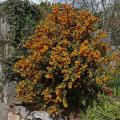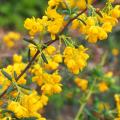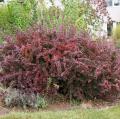Dwarf Berberis
Does this plant fit my garden? Set up your Plantfit profile →
Available in 1 sizes
Available in 1 sizes
Available in 2 sizes
Available in 2 sizes
Available in 1 sizes
Available in 1 sizes
Available in 3 sizes
Available in 1 sizes
Available in 1 sizes
Available in 1 sizes
Available in 1 sizes
Available in 1 sizes
Available in 1 sizes
Available in 1 sizes
Available in 2 sizes
Available in 1 sizes
Available in 1 sizes
Available in 1 sizes
Available in 1 sizes
Available in 1 sizes
Available in 1 sizes
A selection of dwarf Berberis, small-sized barberries well suited for confined spaces. Like the Berberis thunbergii 'Atropurpurea Nana', the Darwin's barberry 'Compacta' or the B. buxifolia 'Nana', these bushes that do not exceed 90 cm (35in) in height are perfect for small gardens, low hedges, and shrub borders. The dwarf deciduous varieties are renowned for their colours in golden tones ('Tiny Gold'), pinks ('Rosy Glow'), reds ('Lutin Rouge'), purples, or even oranges in 'Orange Ice', or variegated. The evergreen cultivars, for example, the Berberis stenophylla 'Corallina Compacta', have attractive dark green foliage all year round and a more generous yellow to orange flowering, truly decorative in spring. Undemanding and very hardy, the dwarf barberry is a tough and resilient plant that is easy to cultivate, in the garden of course, but also in pots. It requires little maintenance, a light pruning after flowering is enough to maintain a nice habit.
Haven't found what you were looking for?

































